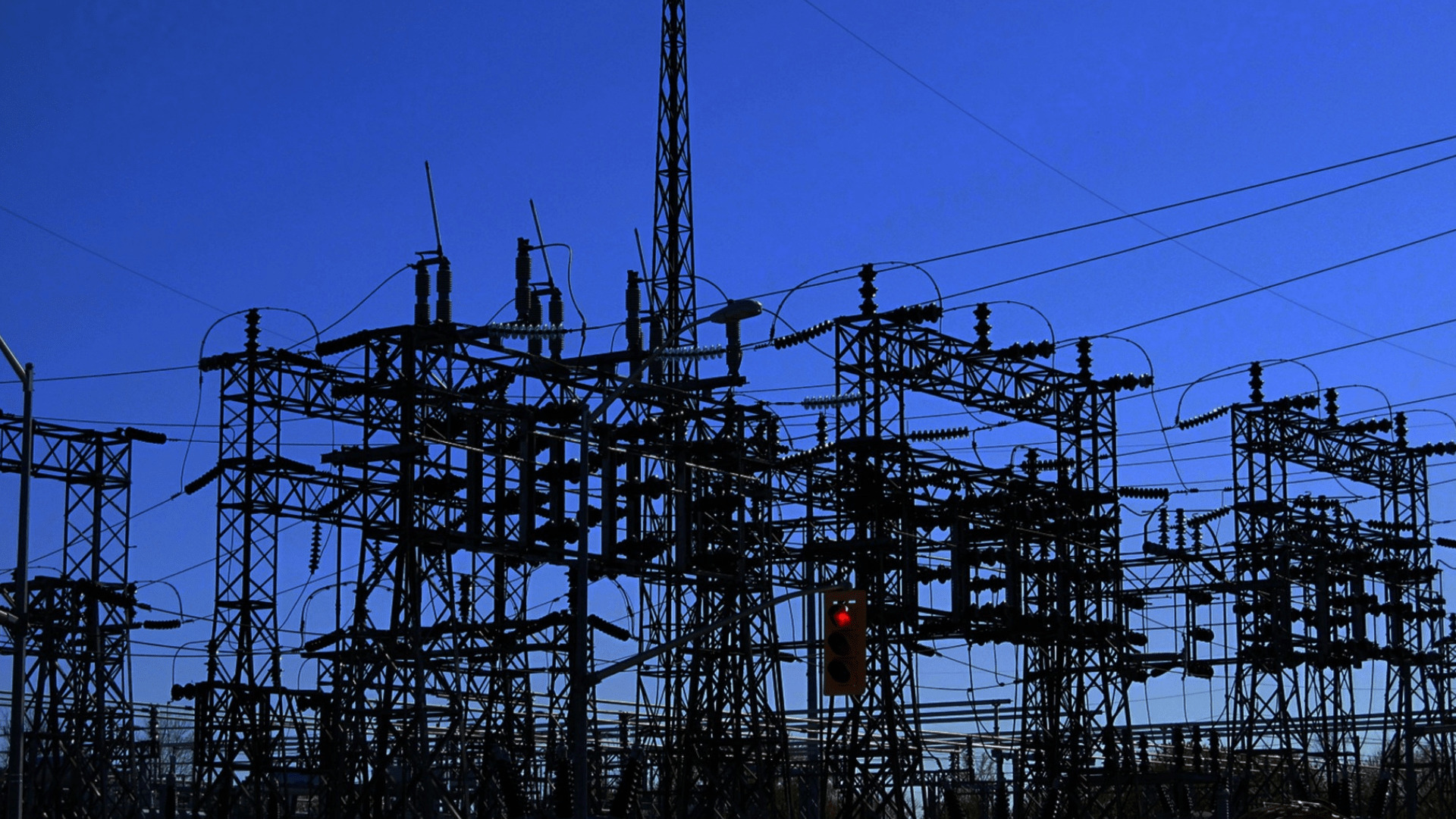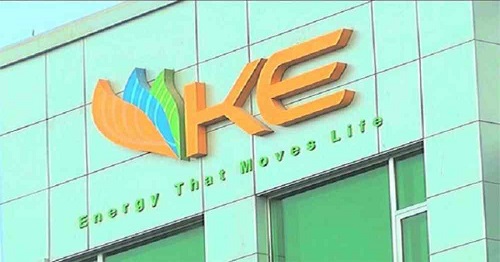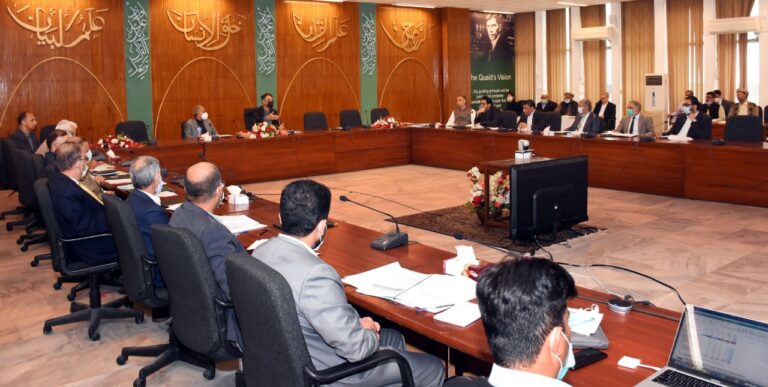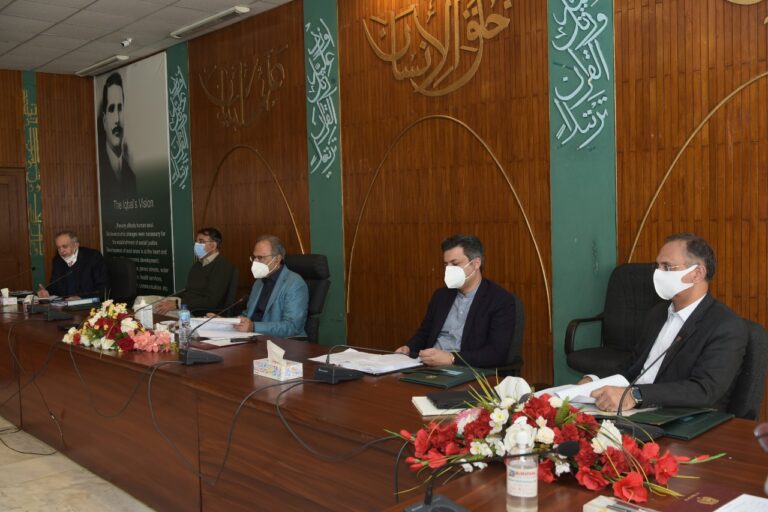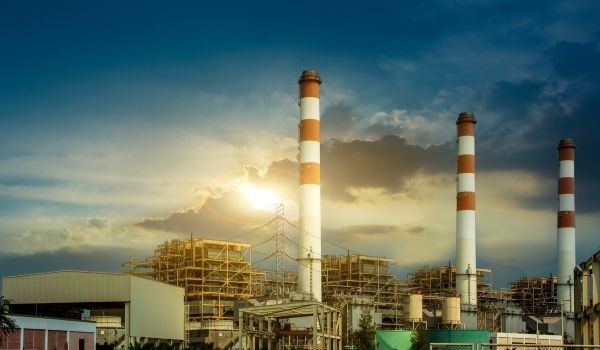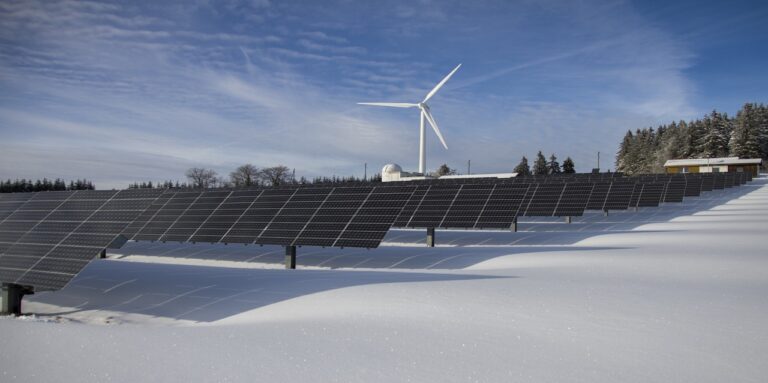Highest power generation recorded in FY21
Pakistan recorded its highest power generation of 130,223 GWh (14,866 MW) during FY21 up 7% YoY from different power generation sources.
The industrial power package government announced in Nov-2020 and the overall pickup in economic activity contributed to higher power generation from different sources.
Out of all power generation sources in Pakistan, hydel contributed the most to power generation (30% in FY21 vs. 32% in FY20). This is followed by coal (21% in both FY21 and FY20) and RLNG (21% in FY21 vs. 20% in FY20) based power generation. Other sources of power generation are gas, Nuclear, and Furnace Oil (FO) based generation that has contributed 11%, 8%, and 5% in the electricity basket in Pakistan in FY21.
In absolute terms, RLNG and FO contributed most towards additional power generation, followed by Coal and Nuclear based power generation. Hydel and gas-based power generation remained restricted amid lower water inflows and lower indigenous gas production, respectively.
Read More: Govt nominates Naveed Ismail on K Electric Board
Nuclear power-based generation increased by 12% YoY due to the induction of the Karachi Nuclear Power Plant (KANUPP) with a generation capacity of 340 MW in the system. The installed capacity in the country touched 34,550 MW in FY21 compared to 34,157 MW in FY20.
Power generation started to increase from Dec-2020 primarily due to the industrial power package announced by the Prime Minister in Nov-2020.
The main features of the package were (1) removal of peak hours till April 30, 2021, which then government extended till Jun-2022, (2) 50% discount for small and medium-size industries on the consumption of additional power compared to their previous bills in the same period last year till Jun 30, 2021, and (3) 25% discount for all industries on the consumption of additional power compared to their previous bills for next three years.
Apart from incentives for industries, economic activity also improved post-COVID-19 linked lockdown. To recall, the Large Scale Manufacturing (LSM) index has improved by 14.57% YoY during 11MFY21.
With industries opening up post-COVID-19 lockdown, subsequently, pick up in economic activity, and continuation of the industrial package, we expect demand for power to increase further from here.
The average fuel cost was up by 1% YoY to Rs4.83/KWh in FY21 compared to Rs4.77/KWh in FY20. This is mainly due to an increase in HSD and FO-based generation at a cost of Rs19.24/KWh and Rs13.17/KWh respectively.


